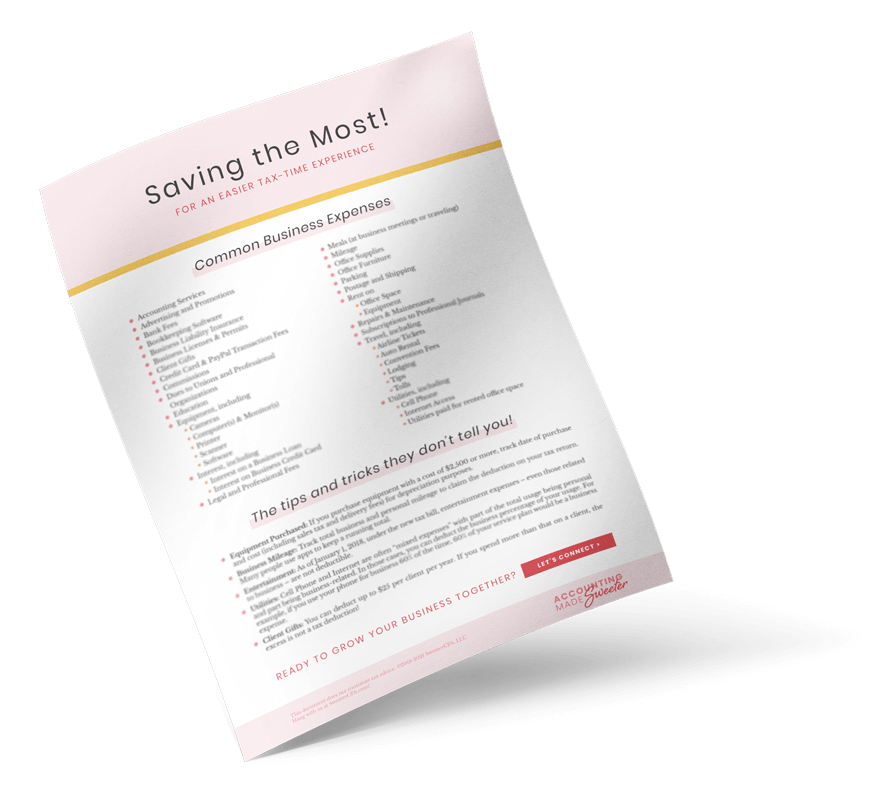Resources:
- IRS Publication 521
- 2012 Form 3903 and Instructions
- IRS Tax Tip 2011-37: Moving Soon? Let the IRS Know!
Why YOU Should Care:
If you move homes for work, you may be able to deduct certain move-related expenses.
Who can Deduct Moving Expenses?
You can deduct the expenses related to a move if you meet the following tests:
- Your move is closely related to the start of work
- You meet the distance test
- You meet the time test
Closely Related to the Start of Work – This is time-related. Your move must be related – time-wise – to you beginning work in the new location. You meet this requirement if you start work at the new location within one year of the move.
Distance Test – Your move must result in you being 50 miles closer to your new place of work than you were in your former residence.
Time Test – If you are moving for the purposes of work as an employee in a new location, you must work full time for at least 39 weeks during the first 12 months in the new location. Special allowances exist for employees out of work due to seasonality of the work or temporary absences such as illness, so consult your tax adviser if this situations apply. If you are self-employed, you must work full time for at least 39 weeks during the first 12 months and for a total of 78 weeks during the first 24 months.
Special rules apply for military families moving due to deployments. Please contact your tax adviser.
What can you Deduct?
If you qualify, you can deduct the costs of:
- Moving your household goods and personal effects, and
- Travel (lodging, not meals)
- This includes mileage at 23 cents a mile if cars are moved.
In all cases, expenses reimbursed by an employer are not deductible.
How do you Deduct?
Use Form 3903 to calculate and report the expenses related to your move. If you moved more than once in the taxable year, use a separate Form 3903 for each move.



